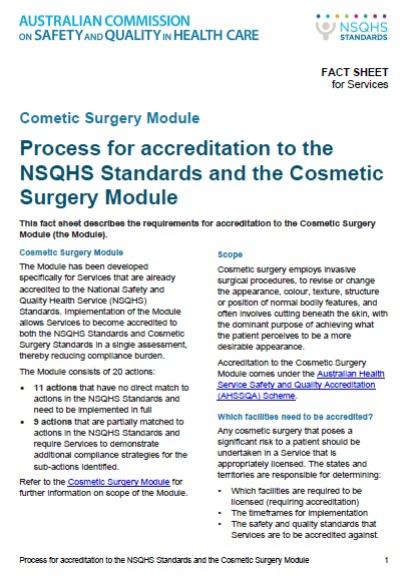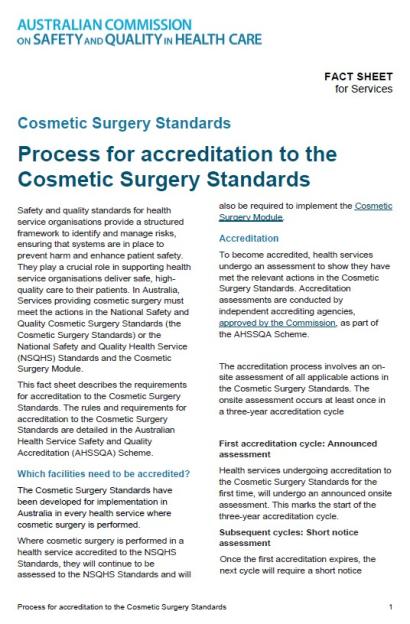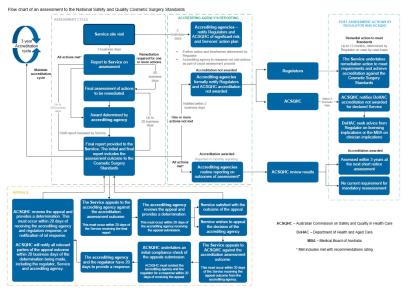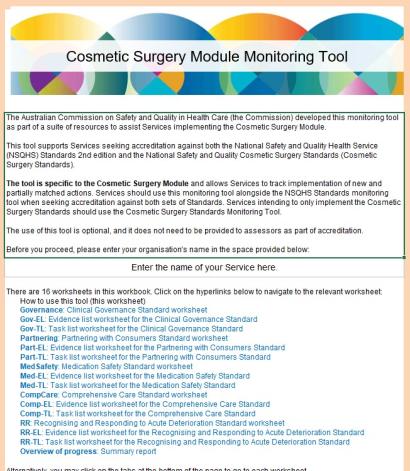Read how a multidisciplinary team consisting of infectious disease specialists, pharmacists, nurses and implementation scientists improved vancomycin prescribing in Queensland. Co-design with clinicians involved in prescribing, dispensing and administering vancomycin was key to success.
View more case studies that showcase best practice in the review of clinical variation.
Do you have a case study to contribute?
We will work with you to write the case study. Please contact us on Atlas@safetyandquality.gov.au
Complexities involving management and monitoring of vancomycin lead to medication errors including inaccurate dosing, inappropriate timing of sample collection for therapeutic drug monitoring and inappropriate dose adjustments. Early optimisation of vancomycin management reduces mortality, renal injury and other adverse effects.
Despite availability of guidelines and training, vancomycin management remained suboptimal in four teaching hospitals in a large Queensland Hospital and Health Service (HHS). The uptake of strategies to optimise the management of vancomycin therapy into routine care was identified as an area for improvement.
The project was conducted in four phases:
- A baseline audit to identify the nature of the problem and associated determinants informed by stakeholder interviews
- Mapping these findings to the Theoretical Domains Framework (TDF) to identify behavioural correlates and modifiers
- Co-design of the implementation package
- Implementing and evaluating the intervention package.
Baseline audits revealed that only a small proportion of vancomycin doses were appropriately prescribed and monitored. Key findings included:
- 26% of cases had the correct loading dose
- 40% of cases had the correct maintenance dose
- 38% of samples were taken at the appropriate time according to the guidelines
- 42% of doses were accurately adjusted based on serum vancomycin concentrations and guidelines.
Focus groups consisting of nurses, pharmacists and doctors were conducted to review the design of the intervention materials, assess their relevance and explore key themes to optimise the management of vancomycin.
Findings from the focus groups identified key reasons for inappropriate management of vancomycin. These included:
- Lack of knowledge regarding dosing, administration and monitoring of vancomycin
- Limited access to user-friendly guidelines
- Reluctance to use guidelines and reliance on prior knowledge by senior staff
- Limited pharmacy service outside business hours
- Inconsistent dose verification against guidelines
- Reluctance to contact prescribers to amend orders.
The following feedback from stakeholders informed the development of an intervention package:
- Nurses were protocol-driven and preferred ward-based education activities
- Pharmacists valued skill development through multidisciplinary support and educational resources
- Medical officers favoured case-based training with practical components.
A multi-faceted intervention package was developed for nurses, pharmacists and medical officers which included e-Learning modules, guidelines, lanyards and fact sheets. On-site champions at each facility, supported by the Steering Committee, facilitated the uptake of the intervention package.
The overall appropriateness of vancomycin prescribing and monitoring improved to 80% for facilities within the four HHSs.
In one facility, the audits showed improved adherence to dosing recommendations in line with vancomycin guidelines:
- 92% of loading doses were compliant
- 90% of maintenance dosing were compliant
All patients monitored through therapeutic drug monitoring at this facility received dosing recommendations based on the guidelines or advice from the QLD Statewide Antimicrobial Stewardship Service.
Read about the project here: https://doi.org/10.1016/j.sapharm.2024.01.012
- High rates of suboptimal management of vancomycin in four large hospitals in Queensland
- Inaccurate dosing, inappropriate timing of sample collection for therapeutic drug monitoring and inappropriate dose adjustments lead to medication errors
- Co-design with a multidisciplinary team to develop an intervention package
- On-site champions facilitating uptake of the intervention package
Development and implementation of an intervention package that included:
- e-Learning modules
- Guidelines
- Lanyards
- Fact sheets





